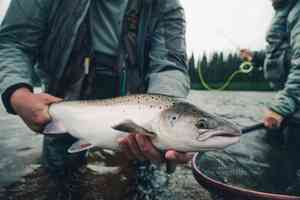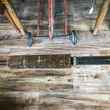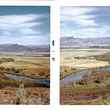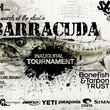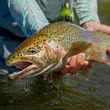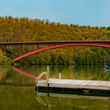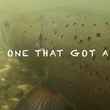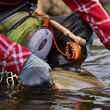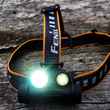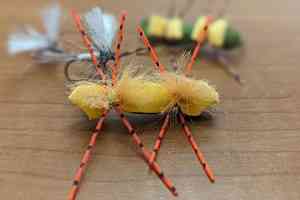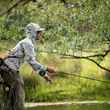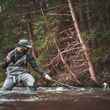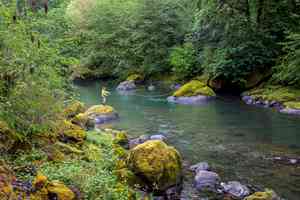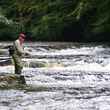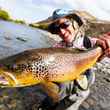We've been lucky enough to receive some amazing images for this year's fly fishing photo contest. It has been our privilege to host and showcase many of these amazing images. That said, now that the contest has formally closed, it is time to get on with the best part: picking the four lucky photographers that walk away with this year's amazing prizes. Thanks to contest sponsors Thomas & Thomas, Maui Jim, Montana Fly Company and Airflo -- this year's winners are going to walk away with the best offerings we've put up thus far, including the grand prize, a Thomas & Thomas NS 5 fly rod (valued at $820).
As in the past, winners will be selected by a panel of judges. These judges will represent a mix of personalities from the world of fly fishing, ranging from professional photographers to outdoor writers to product developers and so on. But, this year we're letting the readers get in on the action too. Each of you will have the opportunity to rate each photo entered in the contest (from 1 to 10). When the judges go to make their selections, they'll be taking into account reader ratings and comments.
